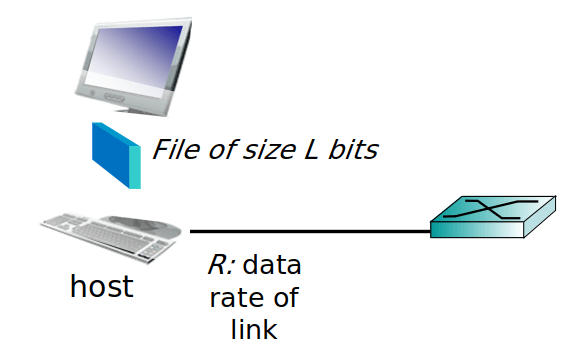What are the different kinds of computing network delays?
A network delay is the amount of time required for one packet to go from its source to a destination. It is also called the end-to-end delay, and it comprises the following 4 types of delays:
- Transmission delay
- Propagation delay
- Queuing delay
- Processing delay
Transmission delay
The transmission delay is the time from when the first bit of a file reaches a link to when the last bit reaches the link. The transmission delay is calculated as the size of the file divided by the data rate of the link.
Propagation Delay
The propagation delay is the amount of time a bit on the link needs to travel from the source to the destination, where the speed is dependent on the medium of communication.
Queuing Delay
If a packet arrives at its destination and the destination is busy, it will not handle that packet immediately.
Instead, the packet has to wait in the buffer of the switch, which is called the queuing delay. This delay depends on the following factors:
- The number of packets arriving in a short time interval.
- The transmission capacity.
- The size of the queue.
Processing Delay
The processing delay is the time taken by a processor to process the data packet. This delay depends on the speed of the processor.
Queuing and processing delays do not have any calculable formulas because they are dependent on the speed of the processor.
Free Resources

